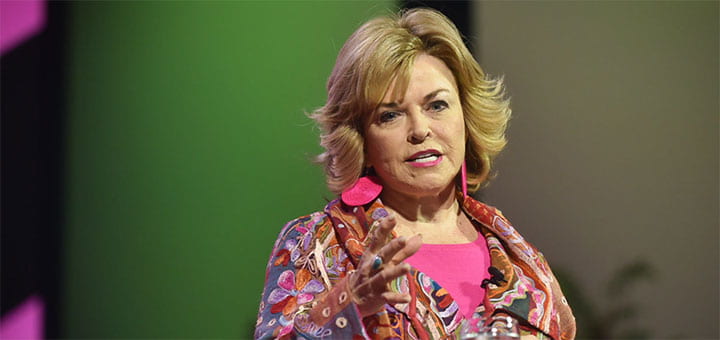Business & Career
When the nature of work changes it’s important for companies and organizations to reassess what is working and what might need strengthening.
For many workers, the makeup of work changed dramatically with COVID-19 and will likely continue with or without coronavirus. In the current reality, 46% of organizations have implemented work-from-home policies with 68% of them planning more flexible work arrangements even after they fully reopen.
Working from home offers many benefits for employees, but it is different, presenting distinct challenges. For example, many remote workers report a blurring of the line between work and personal time as an added mental weight, which can cause stress, anxiety and contribute to feelings of isolation or depression.
Mindfulness can be an effective countermove to this uncomfortable sense of mind muddling. “Mindfulness helps us acknowledge that we are not our thoughts and emotions,” says Alan Chu, Chair of Sport, Exercise, and Performance Psychology at UW-Green Bay. “This perspective helps us be self-compassionate and not overthink stress and anxiety in order to prevent downward spiral.”
In rigorous studies, mindfulness has revealed true benefits:
- Stronger focus
- Staying calmer under stress
- Better memory
- Increased generosity
All four of these benefits are valuable in today’s needed-it-yesterday work culture. When you begin a mindfulness practice, you find out in a hurry how much your mind tends to wander. But by learning how to bring your mind back to breath you build your powers of concentration, clarity and calmness.
A researcher shared this example from a professional setting. When a high-level executive initiated a morning mindfulness session for their leadership team, they found the team got along better, sharing ideas and information more openly and less defensively, which resulted in better decision making for the company.
These kinds of results have inspired companies to offer mindfulness sessions, along with wellness and financial health sessions, as part of their benefits packages. Google and General Mills have been offering mindfulness sessions to their employees for over a decade. On Intel’s employee self-evaluations their program has clearly delivered positive signs of improved mental fitness, and Aetna reduced medical claims, saving millions of dollars.
Although it’s advisable to consult with a mindfulness teacher, mindfulness sessions are relatively easy to implement, UW-Madison’s Center for Healthy Minds (www.centerhealthyminds.org) has a section for workplace well-being under their “Join the Movement” navigation with helpful case studies and articles, along with workplace-appropriate guided practices. Even mindfulness sessions as short as 5 or 10 minutes can make a dramatic difference with regular practice.
You could allow your employees time or space for mindfulness practice, or perhaps at your next meeting – in-person or virtual – you could begin with a short breathing exercise and kickoff the business at hand with the bright peal of meditation bells or tingsha. The result might just be a more profitable discussion.
*
Professor Chu will be UW-Green Bay’s Continuing Professional Education’s Expert Spotlight on October 8 and will talk about “Keeping Remote Workers Mentally Fit.” Learn more and register for his valuable presentation. Dr. Chu also blogs on mindfulness and other topics.
*
RESOURCES:
Inside UW-Green Bay News, July 15, 2020, “Professor Chu gives input on improving employee well-being during a pandemic.”
Virtual Vocations, July 14, 2020, “Relaxing When You Work from Home: A Guide to Mental Health.”
Forbes (Finance Council), July 2, 2019, “Mindfulness Programs are the Next Big Thing in Business Leadership.”
Harvard Business Review, September 28, 2017, “Here’s What Mindfulness Is (and Isn’t) Good for.”







